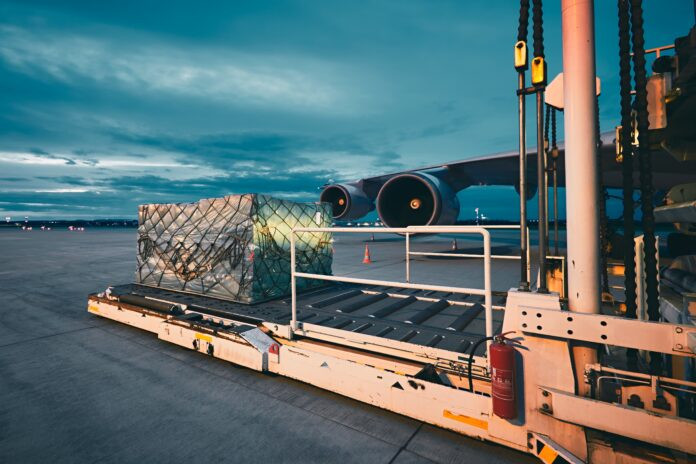

With the year 2023 coming to an end, global tonnages and average air cargo rates follow the typical end-of-year slowing down pattern, after weeks of stabilising global tonnages and steady growth in rates, especially outbound China, according to the latest figures from WorldACD Market Data.
As global tonnages for December 2023 are expected to land at +5% Year-on-Year (YoY), Q4 will be the first quarter of 2023 showing positive growth (+3%) compared to last year, coming from Q1 at -11%, Q2 at -8% and Q3 at -3%, YoY, despite all uncertainties in the last months. This means that global tonnages for the full year 2023 end up being -5% lower than in 2022. While the first half of 2023 was still at -9%, the second half was characterised by an improving YoY performance for each consecutive month and closing at flat YoY growth.
Weekly analysis
Preliminary figures for week 51 (18 to 24 December) show a drop of -8% in global tonnages and -6% in average worldwide rates compared with the previous week, after recovering more quickly than last year from the seasonal post-Thanksgiving dip last month. This slide in tonnages and rates follows the typical pattern seen in the second half of December.Comparing weeks 50 and 51 this year with the preceding two weeks (2Wo2W), overall tonnages decreased -4%, and overall global average rates were down -3%, with capacity up +1%. While volumes went down across all regions, we saw that the global decrease in average rates has mainly been driven by origin region Asia Pacific (-6%, 2Wo2W) that recently showed a surge in rates, especially China. On a regional level, a double-digit percentage drop of -15% in tonnages was recorded on key flows ex-Asia Pacific to Europe, ex-North America to Europe and ex-Europe to Africa. Furthermore, notable decreases were observed ex-Middle East & South Asia to Europe (-9%), ex-Africa to Europe (-8%), ex-Asia Pacific to North America (-7%), and ex-North America to Central & South America (-5%), on a 2Wo2W basis.On the pricing side, the changes in the last two weeks have been relative stable on a regional level, except for a -6% decrease ex-North America to Europe (following a +18% increase reported last week), and a -6% decrease for origin Asia Pacific, on a 2Wo2W basis.
Year-on-Year perspective
Compared to this time last year (YoY), total global tonnages in weeks 50 and 51 remained at their elevated levels of +5% as reported last week – driven by a +14% YoY increase ex-Asia Pacific and a +12% rise ex-Middle East & South Asia, with demand ex-Central & South America also strongly ahead of last year (+8%). There remain significant decreases in tonnages ex-North America (-7%) and ex-Europe (-4%), YoY, although these are far less severe than the deficits reported in previous weeks, most notably ex-North America. Worldwide average rates are currently -17% below their levels this time last year, at an average of US$2.54 per kilo in week 51, although they remain significantly above pre-Covid levels (+42% compared to December 2019).Meanwhile, overall available capacity has increased by +11% compared with last year, with capacity ex-Asia Pacific up by a noteworthy +25%. Other regions also show significant YoY capacity increases, led by ex-Middle East & South Asia (+10%), with capacity up +9% ex-Central & South America, ex-Africa, and ex-Europe, and with capacity ex-North America seeing a +7% recovery, YoY.










